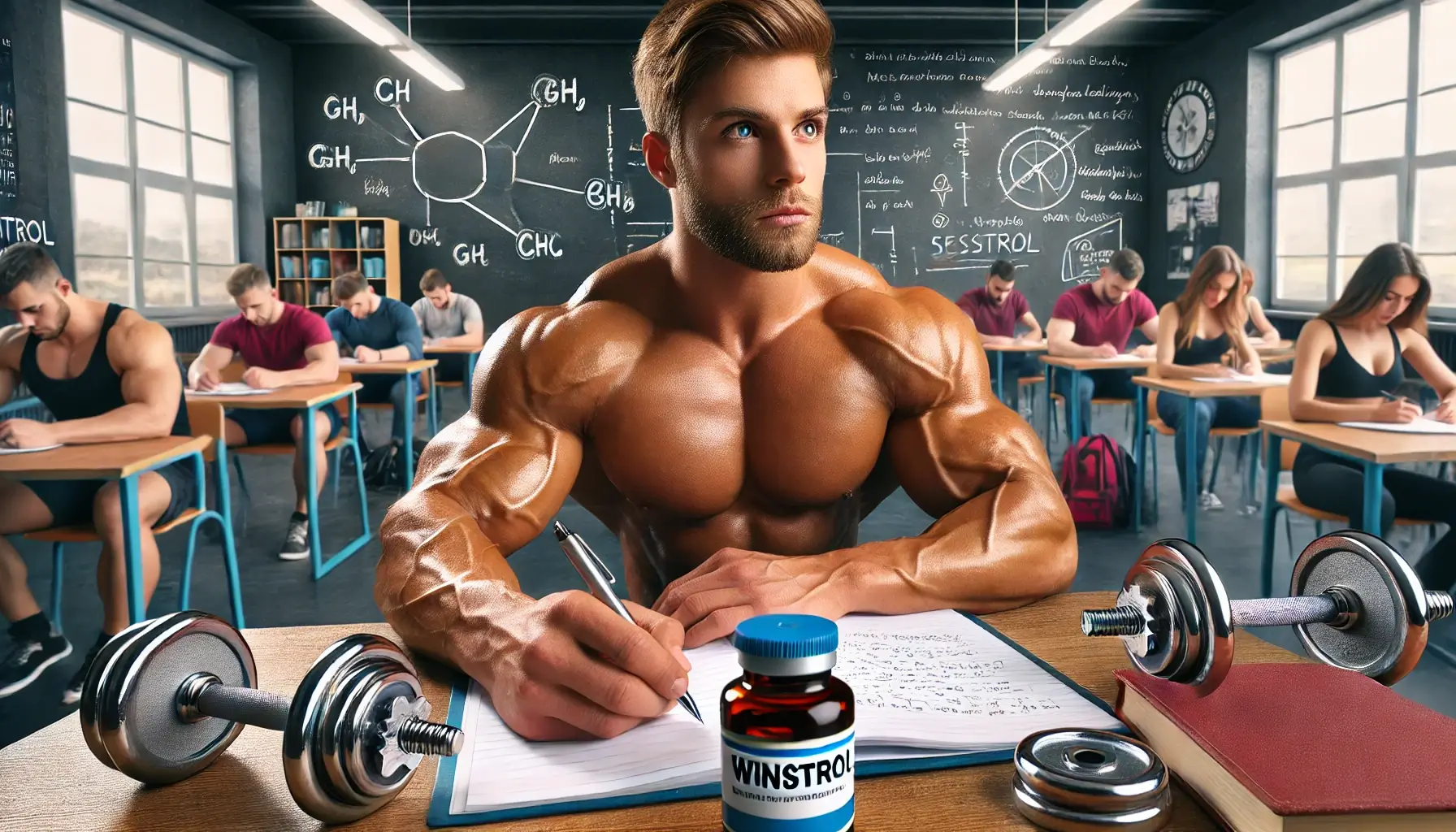Type-IIx
Member
Trennnnnn is synergistic with rhGH MOST of all, but it's not the answer to the quiz 
Follow along with the video below to see how to install our site as a web app on your home screen.
Note: This feature may not be available in some browsers.
AbsolutelyType-IIx’s favorite words are:
-synergy
-synergies
-synergistic
-synergic
-synergistically
-synergies
-synergizing
-synergized
I'll put it like this: there are more options for synergistic combination beyond trenbolone and testosterone. Those are the ones I talk about most, but think about what additionally synergy means when combined with already synergistic combos... gains++
The drug I am thinking about I have written about before and look at the call of the question, "by augmenting IGF-I bioavailability."
Think free, unbounded IGF-I. What frees up IGF-I?
Absolutely
People have been getting it right, I set it to 7 days and it’s only been 2 since I created the poll, 4 since the video dropped.So what's the answer to the quiz? or are you gonna keep it running until some gets it right
The answer is synergistic synergy sinergizesSo what's the answer to the quiz? or are you gonna keep it running until some gets it right
STFU!!!The answer is synergistic synergy sinergizes

 thinksteroids.com
thinksteroids.com
Is this correct?Mitogenic and myogenic effects by likely increasing free IGF-I bioavailability by decreasing IGFBP-3. [1].
Whenever we're talking HRV, on a board like this, we must unpack:I noticed my HRV (heart rate variability), seems to drop a lot when I take GH before bed any idea why this would happen ?
So what's the answer to the quiz? or are you gonna keep it running until some gets it right
On that note, I have been told by someone who's pretty technically savvy that I am duplicating too many things across services and it's borderline annoying besides inefficient. I'm beginning to agree! There are benefits, though. Besides Discord not being really that powerful, unlike Telegram, I like the federated design in case anything happens like service interruption.
Do oxandrolone, danazol, stanozolol free up more T? Hint: see Fig above. Only transiently. Think about the actual turnover time of bound Testosterone. On the order of 1 min IIRC? At steady state no change to free hormone, which is proportional to exogenous dose, unless the drug also affects hormone elimination rate in addition to reducing binding protein concentration.
Because of the large gh dose peaking when you have elevated heart rate for extended period of time(training) .
Have you tried this protocol you speak of or is it just theories based on what you read ?
@malfeasance thought this might be interesting after reading your post HGH and Heart Rate During CardioDo you have any evidence (citation or anything) to support your hypothesis that a large peak GH during training deleteriously alters cardiac functioning or remodeling?
Where can I order a copy?Update: I underestimated the editing and hoops I’d have to jump through with the print company for those of you wondering, the book should be available Wednesday or Thursday. It’s a totally different beast from what’s out there… it’s what I wished I knew

